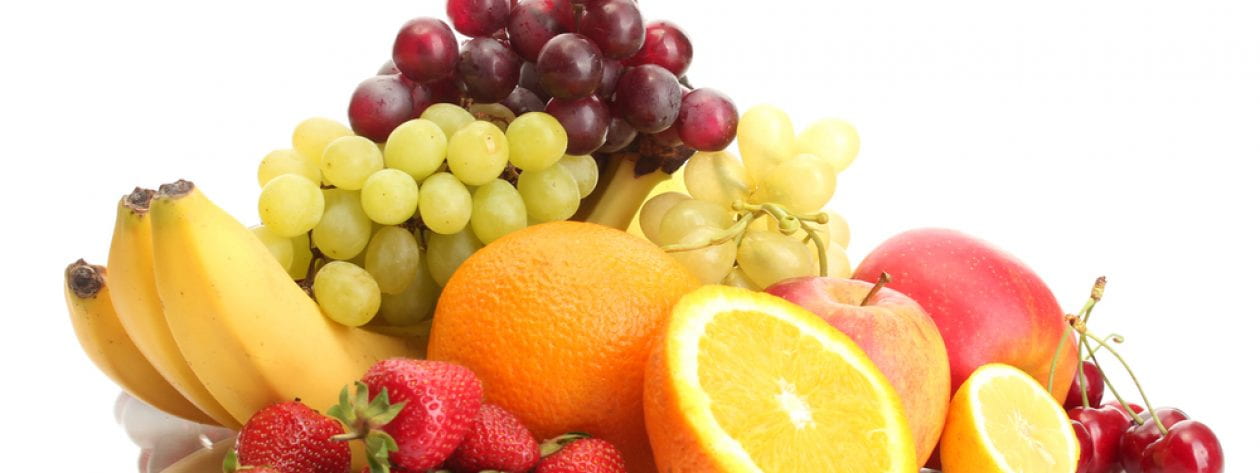Edamame-the name sounds so strange and unfamiliar, can it really be that beneficial? What are the benefits of eating it? Or in fact, WHAT is it?
Edamame is actually an unripe, green soybean. These beans are boiled or steamed in their pods to produce their natural flavors. Edamame is considered a vegetable, but before you disregard it as a snack, try to understand why people are so keen to snack on it. Snacking on edamame is not like snacking on a green bean or a piece of broccoli, its natural flavor is sweet and rich, which also makes it a perfect addition in savory Asian cuisine.
Benefits
Edamame is a high fiber food, containing around 5-8g of Fiber per 1 cup! Fiber helps increase satiety, making you feel fuller longer. Edamame is high in protein while low in fat, which are two key components known to help with weight loss. It’s also the only vegetable to have all 9 of the essential amino acids that the body needs! All in all these benefits make edamame a fantastic vegetable to add to any diet.
Where to find it?
Penn State Campus Dining makes it a point to feature edamame in many recipes, including the Kyoto Blend veggies, Asian Vegetables w/ Edamame and the Edamame Falafel Lettuce Wrap, so be on the look out for these and many more! You can often find shelled edamame beans right on the salad bar, making it easy to mix into almost any type of food, including salads, rice, soups or even in pastas. Mixing vegetables into to your everyday dishes will increase your vegetable intake for the day with little effort.
Edamame is also a quick and easy vegetable to make on your own. You can buy bags of frozen edamame, boil the pods, and eat them for a snack throughout the day. It also comes in microwaveable bags that you can steam in just a few minutes. Most common snacking practices are to add some soy sauce or salt to the edamame, but I recommend trying them plain first to see if adding anything is even necessary.
Resources:
“Edamame, Frozen Prepared.” Show Foods. USDA. Web. 28 May 2015. http://nutritiondata.self.com/facts/vegetables-and-vegetable-products/9873/2
“The Health Benefits of Edamame.” LIVESTRONG.COM. LIVESTRONG Foundation, 2 Nov. 2013. Web. 28 May 2015. http://www.livestrong.com/article/409591-the-health-benefits-of-edamame/
Photo Adapted from: https://www.flickr.com/photos/craigtmackenzie/
Photo Adapted from: https://www.flickr.com/photos/brendan-c/






